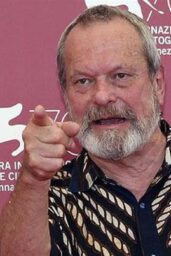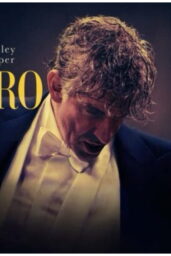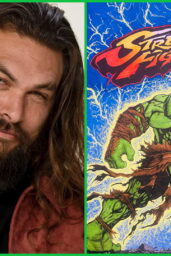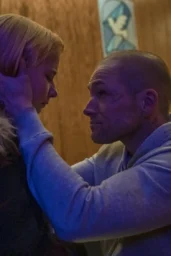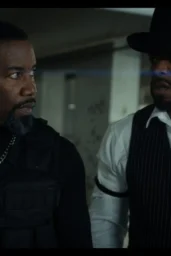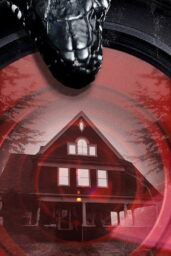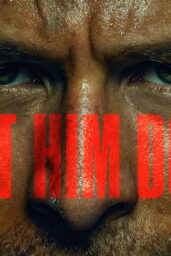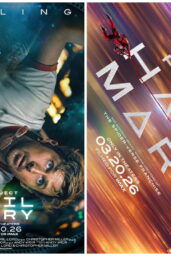In the shimmering tapestry of cinema, where every thread is a frame, Linus Sandgren has emerged as one of the weavers of modern magic. Renowned for his work on “La La Land” and “No Time to Die,” Sandgren is now set to cast his visual spell on Emerald Fennell's adaptation of “Wuthering Heights,” a tale that's as tempestuous as the moors it's set upon.
Background and Career Highlights: Linus Sandgren, a Swedish cinematographer, has danced with the light in films that have both dazzled and moved audiences. From the vibrant hues of “La La Land” to the gritty realism of “First Man,” Sandgren's palette is as diverse as it is profound. His recognition includes an Academy Award, which he collected for “La La Land,” underscoring his knack for translating emotion into visual poetry.
Upcoming Projects: Sandgren's next act involves replacing Greig Fraser for “Dune: Messiah,” shooting in late 2025, where he will continue to explore the vast, mythic landscapes that Denis Villeneuve loves to paint. But it's his collaboration with Emerald Fennell on “Wuthering Heights” that's capturing imaginations now. After their successful partnership on “Saltburn,” this project promises a visual and narrative synergy, with Sandgren's camera capturing the gothic essence of Brontë's classic through Fennell's modern lens.
- Dune: Messiah: Scheduled for August/September 2025, this sequel will dive deeper into the complex world of Arrakis. Sandgren's challenge here is not just to match but to enhance the visual storytelling established by Fraser.
- Wuthering Heights: Set to begin filming in January 2025, Fennell's adaptation stars Margot Robbie and Jacob Elordi, bringing to life the chaotic love between Heathcliff and Catherine. Here, Sandgren's visual storytelling will need to echo the novel's raw emotional undercurrents.
Analysis and Context: Sandgren's approach to cinematography often involves a blend of technical prowess with an almost painterly attention to detail. His work on “Wuthering Heights” could be a masterclass in how film can capture the essence of literature, where the bleak, wild Yorkshire moors become characters themselves under his lens. His recent work with Noah Baumbach on “Jay Kelly” also indicates his versatility, showing he can handle both intimate character studies and grand, sweeping epics.
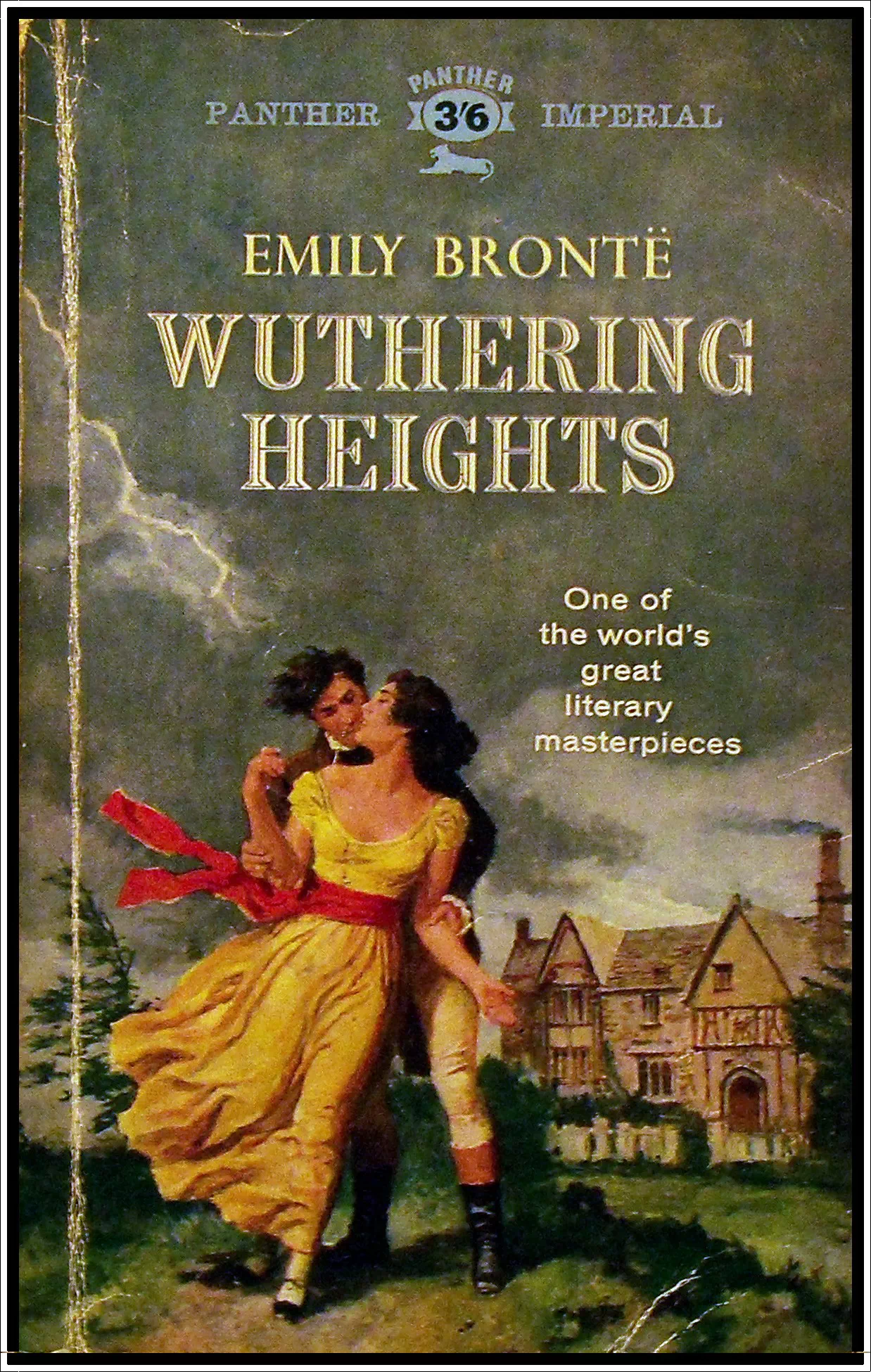
The anticipation for Sandgren's visual interpretation of “Wuthering Heights” is palpable. Will he manage to convey the dark, passionate heart of Emily Brontë's narrative through his camera? His collaboration with Fennell could redefine what gothic love looks like on screen, offering new eyes to see old tales. As we await these cinematic jewels, one can only marvel at the potential for Sandgren to continue his legacy of transforming scripts into visual symphonies.
Personal Impressions: From what we've seen, Sandgren's ability to evoke emotion through light and shadow is unparalleled. His work with Fennell on “Saltburn” was a testament to how cinematography can elevate storytelling, making every frame a canvas. However, the challenge with “Wuthering Heights” lies in balancing the novel's intense emotional landscape with visual storytelling that doesn't overshadow the narrative's subtlety. I'm intrigued by this pairing; Fennell's flair for dark, twisted narratives combined with Sandgren's luminous visuals could be the alchemy cinema needs right now.
Can the visual artistry of Linus Sandgren capture the soul of “Wuthering Heights,” or will the film's heart be lost in the beauty of its own shadows?




